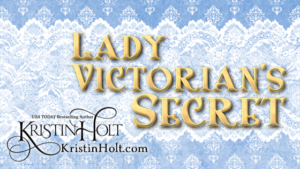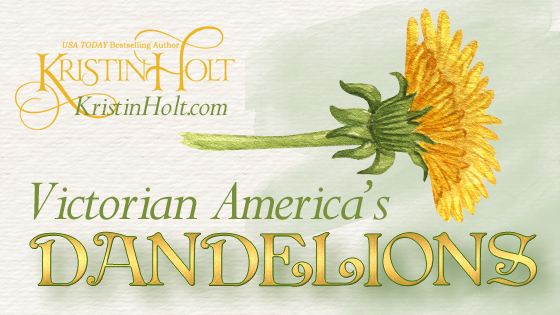
by Kristin Holt | May 31, 2022 | Articles
Dandelions were so much more than weeds to our Victorian ancestors. Not only were the tender plants sought for springtime vegetables and salads, but for tea, coffee, wine, beer, and prominent medicinal value. 19th century cook books and newspapers share the Victorian-American viewpoint on the value of dandelions from blossom to root. Recipes for edibles and curatives, advertisements, and more!
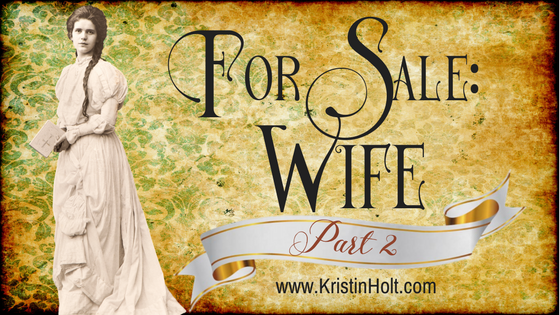
by Kristin Holt | Aug 10, 2017 | Articles
In Part 2 of this blog series, I share 70 newspaper clippings from Victorian America, wherein reports abound that husbands have sold their wives. Prices range from $0.05 (5 cents) to thousands of dollars (US, Victorian). I provided price comparisons, just for impact. Throughout, I provided my opinions regarding TRUTH or JOKE. Ultimately, there had to be some of both. What a bizarre practice!
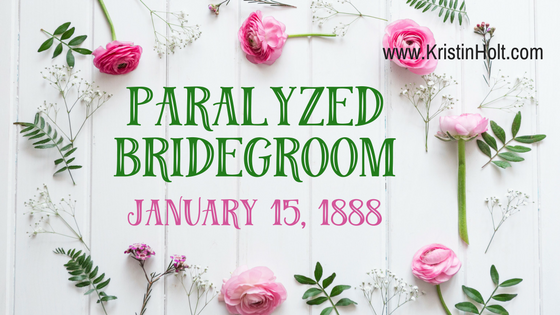
by Kristin Holt | Apr 2, 2017 | Articles
PARALYZED BRIDEGROOM: A vintage newspaper article published on January 15, 1888 in The Sunday Leader of Wilkes-Barre, Pennsylvania, shows the superstitious nature of one (Kentucky) widower…and a very odd set of circumstances. Note that the article takes care to explain both the effected bridegroom and the new bride are frugal, hard-working, well-respected people of common sense. Amazing what a bit of folklore, threats from a dying first wife, and “the power of suggestion” can do.
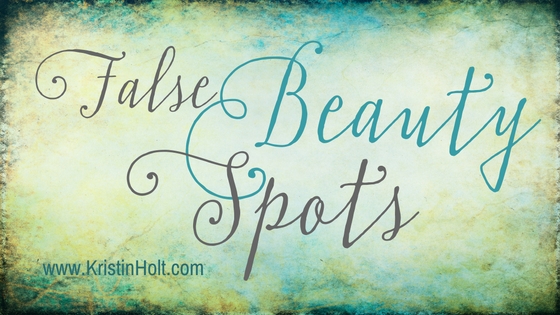
by Kristin Holt | Oct 23, 2016 | Articles
It’s no surprise in today’s environment that women (and men) can choose any color hair they desire, piercings and tattoos at will, and permanent makeup (tattooed eyeliner and lip-liner). I shouldn’t have been surprised to learn today’s plastic surgeons offer dimple surgery to create the desirable feature Mother Nature forgot to grant. What shocked me was the inventive Victorian who figured out how to artificially bring about dimples.
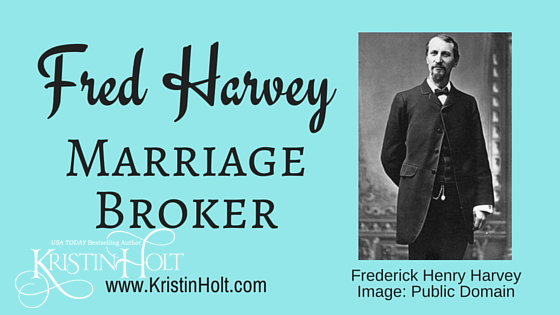
by Kristin Holt | Aug 6, 2015 | Articles
Frederick Henry Harvey recognized a need along the railway lines–good quality food, comfortable accommodations, and sterling service. He’d worked as a mail clerk on the railroad and discovering the unmet needs of travelers, opened his restaurant business in the 1870’s. By 1883, he replaced male waiters with young ladies whose impeccable appearance and gracious service increased Harvey’s business from local men. Courtships ensued (restricted to the “courting parlor” in the women’s dormitories), marriage occurred–but not until the minimum of one year of service to the company was met. Fred Harvey is credited with much more than quality food and entrepreneurship in the Southwest, he single-handedly brought about the civilizing of the west by importing more “brides” than any other “agency”.







